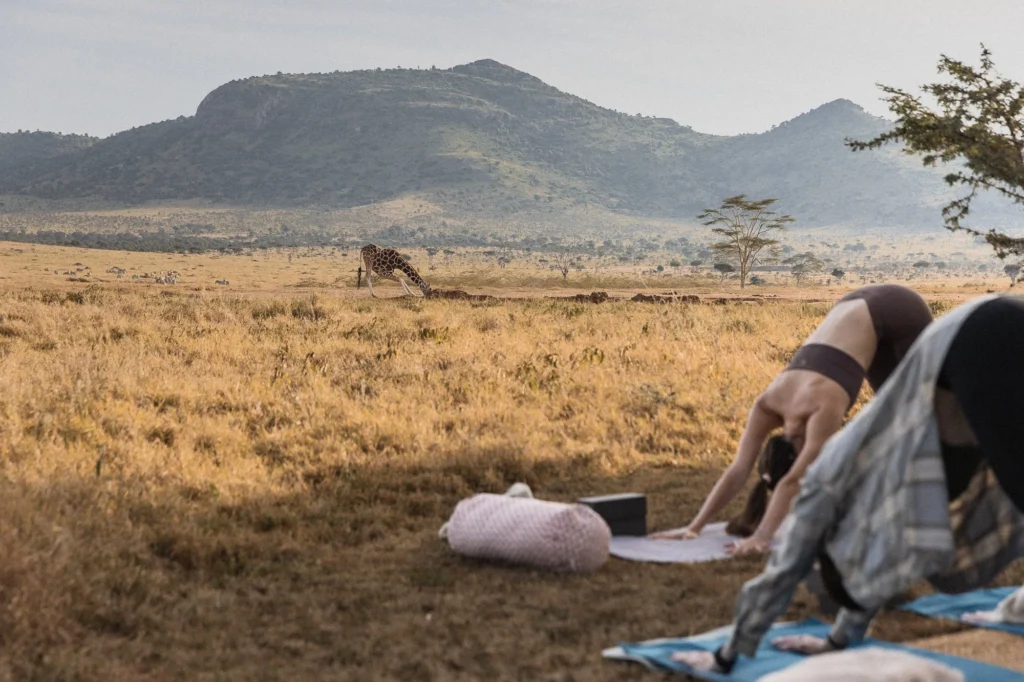As a yoga instructor, you’ve likely noticed the growing popularity of outdoor yoga and immersive wellness experiences. More and more people are seeking ways to connect with themselves and the natural world around them. Practicing yoga outdoors offers a powerful way to ground the body, quiet the mind, and restore a deeper sense of balance. The fresh air, natural light, and soothing sounds of nature create an environment that enhances mindfulness and presence.
Teaching yoga in nature opens up new dimensions of the practice for your students. Surrounded by trees, sky, and earth, students often feel more centered and connected to their breath. Without the confines of walls and artificial lighting, their awareness expands beyond the mat. This setting invites a deeper connection to the rhythms of nature and fosters a stronger sense of inner calm and appreciation.
In addition to personal transformation, outdoor yoga helps build a sense of community among students. Sharing the experience of movement and stillness under the open sky creates a unique bond. Whether it’s a sunrise flow in the park or a sunset session on the beach, these moments become memorable milestones that bring people together in a meaningful way.

Hosting classes outside also sets your teaching apart. Outdoor yoga brings a sense of adventure and spontaneity to your offerings. Your students will look forward to stepping out of routine and into the unknown with each session. This variety can reignite motivation in long-time practitioners and attract newcomers who feel more comfortable in a relaxed, non-studio setting.
However, teaching in natural settings requires thoughtful preparation. It’s important to scout locations in advance for safety, space, and comfort. Check for level ground, shade, and minimal distractions. Be sure to consider logistics like sound (will your voice carry?), accessibility, and potential weather changes. Preparing a plan B—like a nearby shelter or rescheduling policy—can help avoid disruptions.

When teaching outdoors, use nature as a tool to enhance your class. Guide students to tune into the sensations around them—the feeling of grass beneath their hands, the warmth of the sun, the breeze across their skin. These sensory cues ground students in the present moment and make the experience more immersive and therapeutic.
It’s also helpful to adapt your sequencing and language. Outdoor classes often flow best with slower, grounding poses that allow time for connection. Invite students to set intentions related to nature or the elements. You might weave in mindfulness, breathwork, or meditations inspired by the natural surroundings. This adds depth and dimension to the class and supports a holistic experience.
Ultimately, teaching yoga in nature can elevate your practice and your students’ journey. It encourages a return to simplicity, authenticity, and connection. By embracing the outdoors, you create not only a class but an experience—one that nurtures the body, calms the mind, and brings people closer to the earth and to each other.





